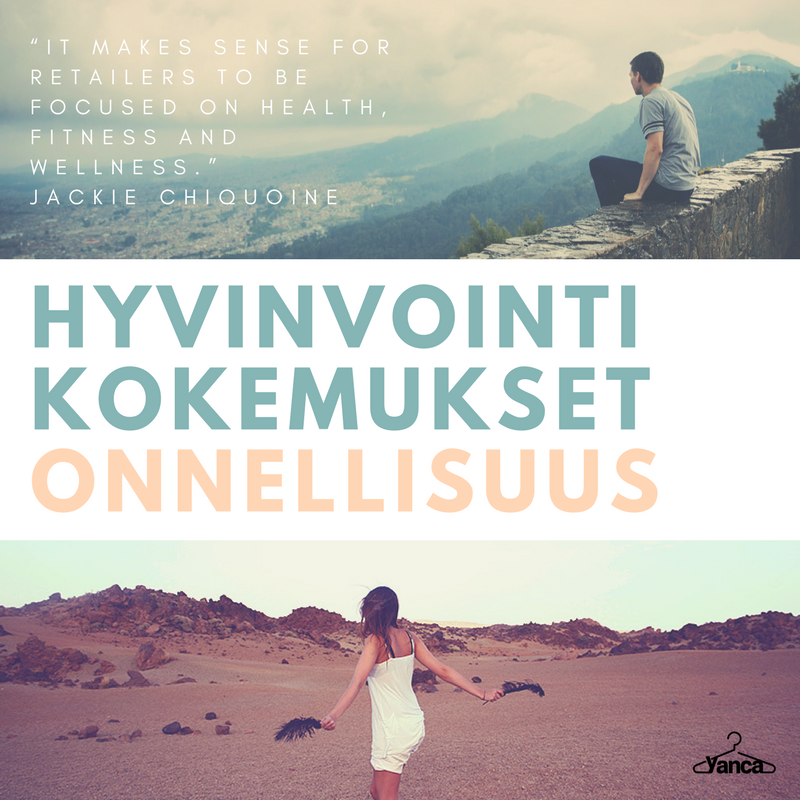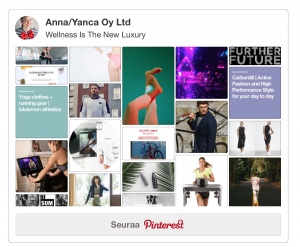Elämme materiaalisen yltäkylläisyyden aikaa. Tästä on kirjoitettu, puhuttu ja keskusteltu niin paljon, että se alkaa jo kuulostaa ’hauki on kala’ -fraasilta. Ymmärretäänkö siis todella mitä se tarkoittaa? Kaikkea on saatavilla kaikkialla, kellon ympäri. Oikeasti, kauppias, sinun kauppaasi ei jää kukaan kaipaamaan ellet ole onnistunut luomaan ensiluokkaista palvelua. Palvelu on nykypäivän kilpailuvaltti. Ellet ole aiemmin kuullut sanaa palvelumuotoilu, paina se mieleesi, sillä se on tämän hetken the juttu.
Ihminen etsii elämäänsä helpottavia ratkaisuja
Juha Tuulaniemi kirjoittaa Palvelumuotoilu kirjassaan siitä, kuinka ihmiset etsivät yksittäisten tavaroiden ja palveluiden sijaan elämäänsä helpottavia ratkaisuja, tämä tarkoittaa sitä että kauppiaiden on ryhdyttävät tarjoamaan kokonaisratkaisuja ihmisten tarpeisiin. Eli, tavaroita ja palveluja.
”Aineettomiin palveluihin voi listätä tavaroita – tavaroiden ympärille voi aina lisätä palveluita.” (Tuulaniemi, s 19)
Palveluiden tarjoaminen on pelastusrengas, jonka avulla innovatiivinen ja rohkea kauppias pääsee materiaaliähkyisten kuluttajien kanssa jälleen kaveriksi. Palveluiden tarjoaminen on jo jonkin aikaa näkynyt vähittäiskaupan trendeissä ja kirjoitin siitä aiemmin: Kaupan trendi #1 vuoteen 2018 ja pari muuta tärppiä.
Mitä palveluita sitten voidaan omaan tuotevalikoimaan lisätä?
Kenkäkauppias voi tarjota kenkien huoltopalvelua, matkalaukkuja myyvä kauppias voi houkutella asiakkaita myymäläänsä tarjoamalla matkalaukun pakkaamiseen liittyviä workshopeja, kampaajat ja parturit voivat järjestää hiustenhoitoon ja kampauksiin liittyviä työpajoja. Palveluiden tajoamisella ei käytännössä ole rajoja muuta kuin oma mielikuvitus. Kauppias voi tarjota palveluitaan ilmaiseksi, markkinointina tai maksullisia palveluita, jolloin siitä tulee oma lisä myymälän tarjoomaan.
Visuaalinen markkinointi palvelumuotoilun apuna
Tuulaniemi muistuttaa kirjassaan, että tuotekeskeisyys johtaa asiakafokuksen häviämiseen. Kuitenkin, useimmiten törmään etenkin verkkokaupoissa juuri tähän lähestymistapaan. Sen sijaan, että minulle tarjottaisiin ideoita, vinkkejä, visuaalista mielikuvaa tuotteesta käytössä, minulle tarjotaan tuotteen ominaisuuksista listaa, (valmistajan ottamaa) tuotekuvaa valkoisella taustalla. Tämä ei ole palvelua. Visuaalinen markkinointi on asiakkaan palvelemista, sen avulla voidaan visuaalisesti kertoa asiakkaalle tarina, ohjata asiakasta ja helpottaa ostopäätöksen tekoa. Visuaalista markkinointia siis kannattaa hyödyntää!
Arvon muodostumisen pyramidi (mukautettu Palmu Inc.) on täydellinen visualisoimaan visuaalisen markkinoinnin roolia arvon muodostumisessa.
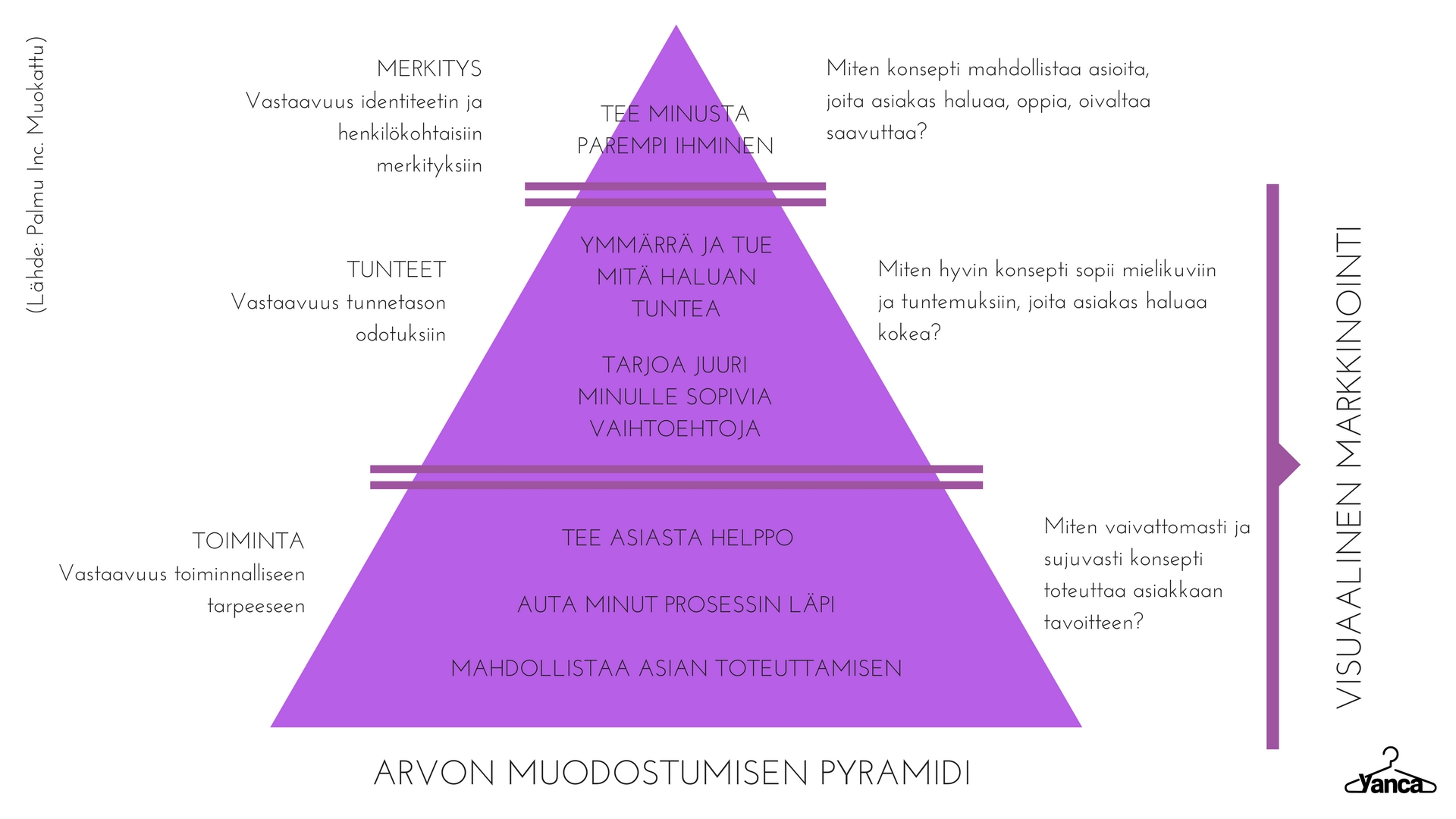
Käytännössä tunteiden ja toiminnan osiot ovat seikkoja, joihin visuaalisen markkinoinnin keinoin pyritään vaikuttamaan myymälässä (verkossa ja kivijalassa), jotta saadaan aikaan ensiluokkainen asiakaskokemus.
Pyramidin keskellä: Miten hyvin konsepti sopii mielikuviin ja tuntemuksiin, joita asiakas haluaa kokea?
– Millainen myymäläympäristö on, millä tavoin asiakkaan palvelu on huomioitu?
– Millaisia elämyksiä asiakkaalle tarjotaan?
– Millaista inspiraatiota, ideoita ja houkuttimia on asiakkaalle ostopäätöksen tueksi?
–Miten myynnin lisäys on huomioitu? Eli millaisia oleellisia lisämyyntituotteita (käyttöyhteystuotteet) asiakkaalle tarjotaan? Lisämyynti on asiakkaan palvelemista, se on juurikin sitä kokonaisratkaisun myymistä. Lisämyynti on visuaalisen markkinoinnin ydin.
Pyramidin pohja: Kuinka vaivattomasti ja sujuvasti konsepti toteuttaa asiakkaan tavoitteen?
– Kuinka vaivatonta ja helppoa asiakkaan on liikkua myymälässä (online ja offline), millainen on asiakkaan kierto?
– Onko kierto sujuva, tarjoaako se uusia virikkeitä?
– Onko tilaa liikkua, pysähtyä katselemaan? Palata takaisin myymälässä? (Eräässä tilpehöörikaupassa asiakaskierrossa ei esimerkiksi ole huomioitu sitä seikkaa, että välillä asiakkaat haluavat palata takaisin jonkin tuotteen luo ja sitten sitä mennään vastavirtaan liian ahtaassa käytävässä…)
Fokus asiakkaan palveluun!
Jokaisen kauppiaan tulisi muistaa, jos fokus on pelkästään rahan tekemisessä, se on väärässä paikassa. Ihminen on itsekäs eläin, ja asiakas on kiinnostunut vain omien tarpeidensa tyydyttämisestä, ei kauppiaan kassan täyttämisestä. Fokus asiakkaan palveluun ja kassasi kilisee.
Tämä artikkeli on julkaistu lyhennettynä vierasblogikirjoituksena Viestinmuoto -blogissa.
-Anna Juusela
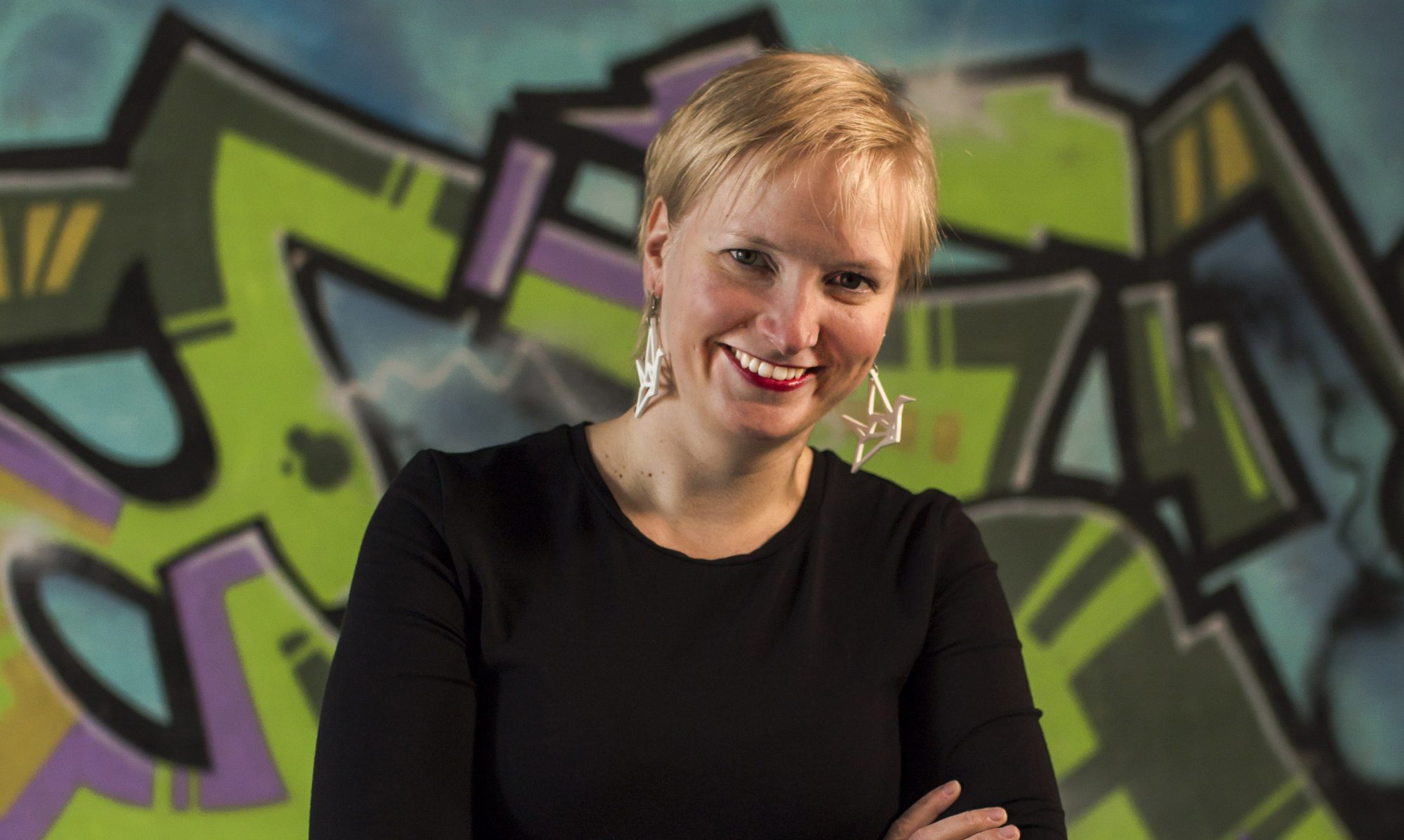
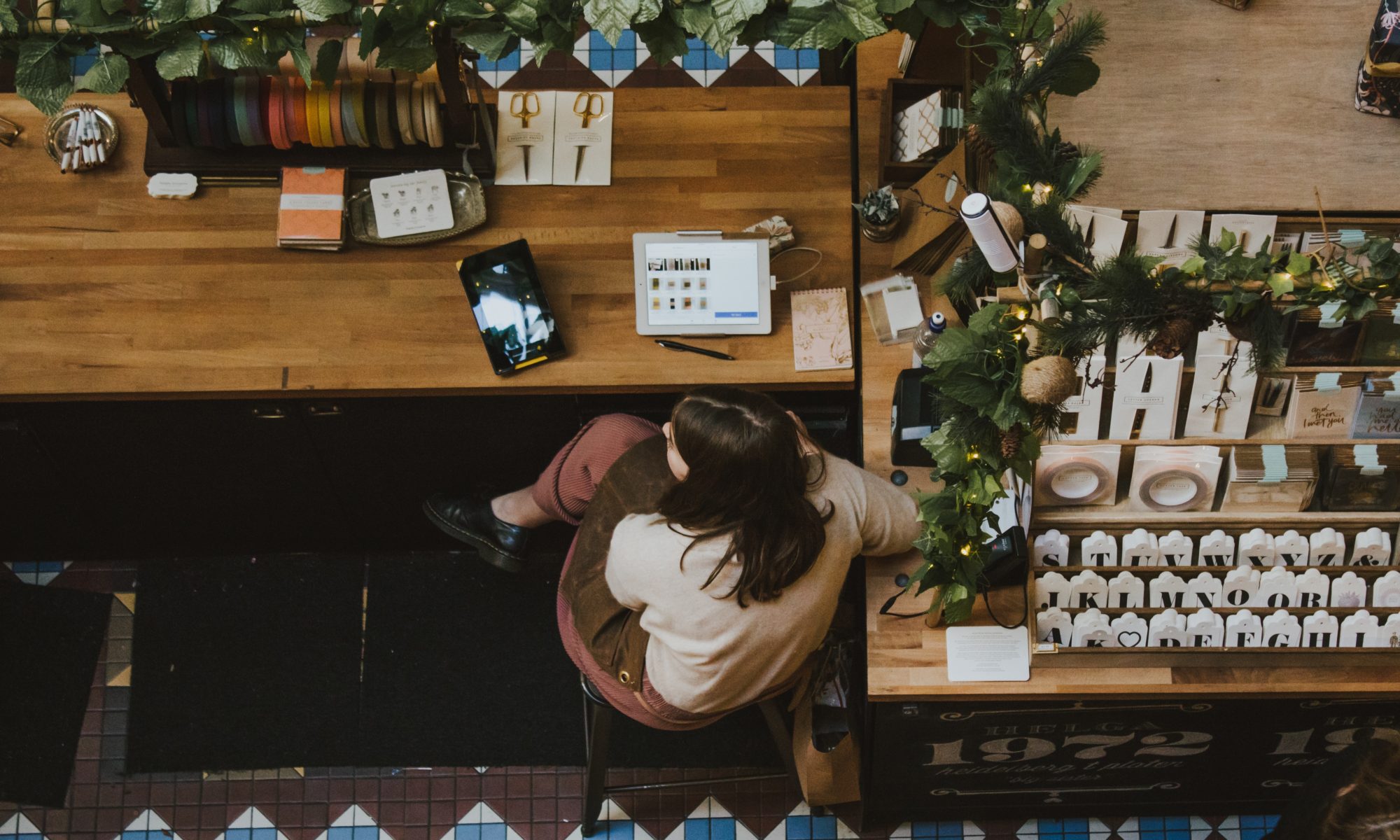
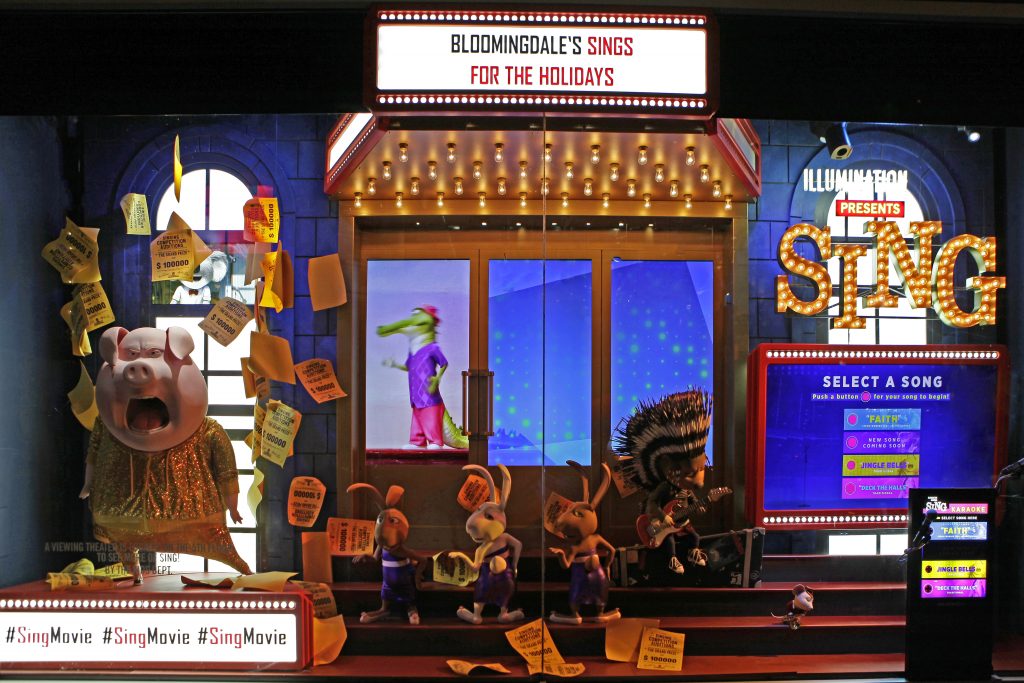 ©WindowsWear
©WindowsWear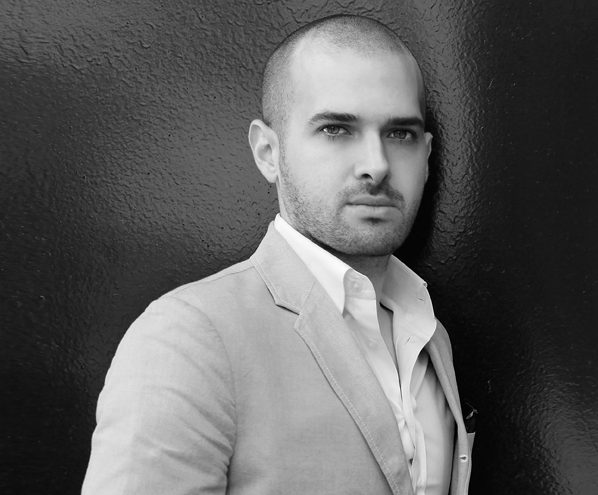 ©WindowsWear
©WindowsWear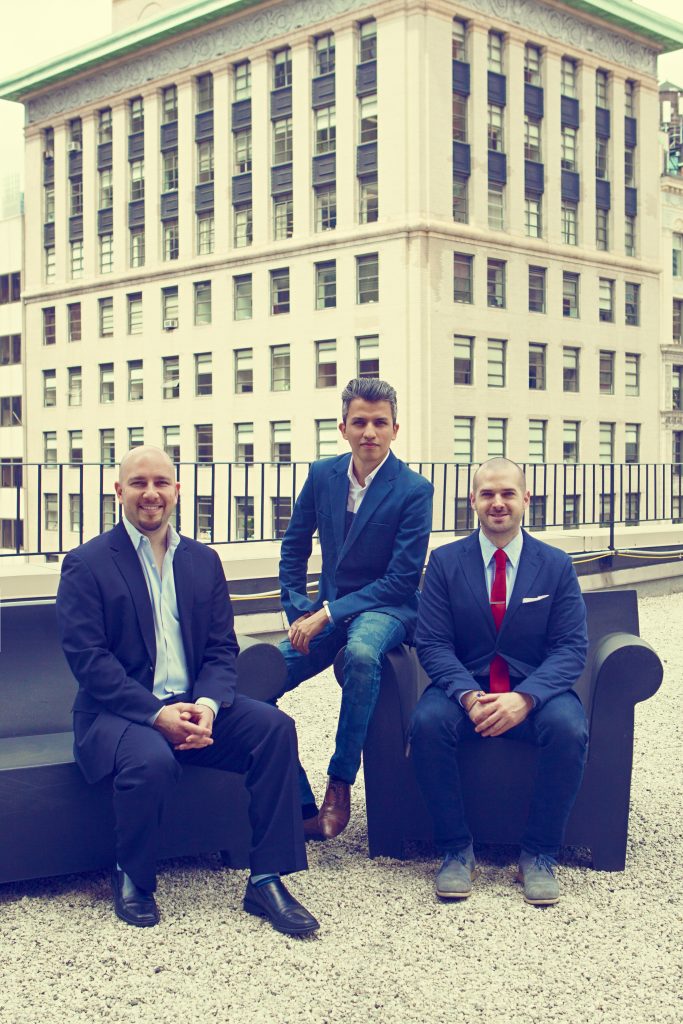 ©WindowsWear
©WindowsWear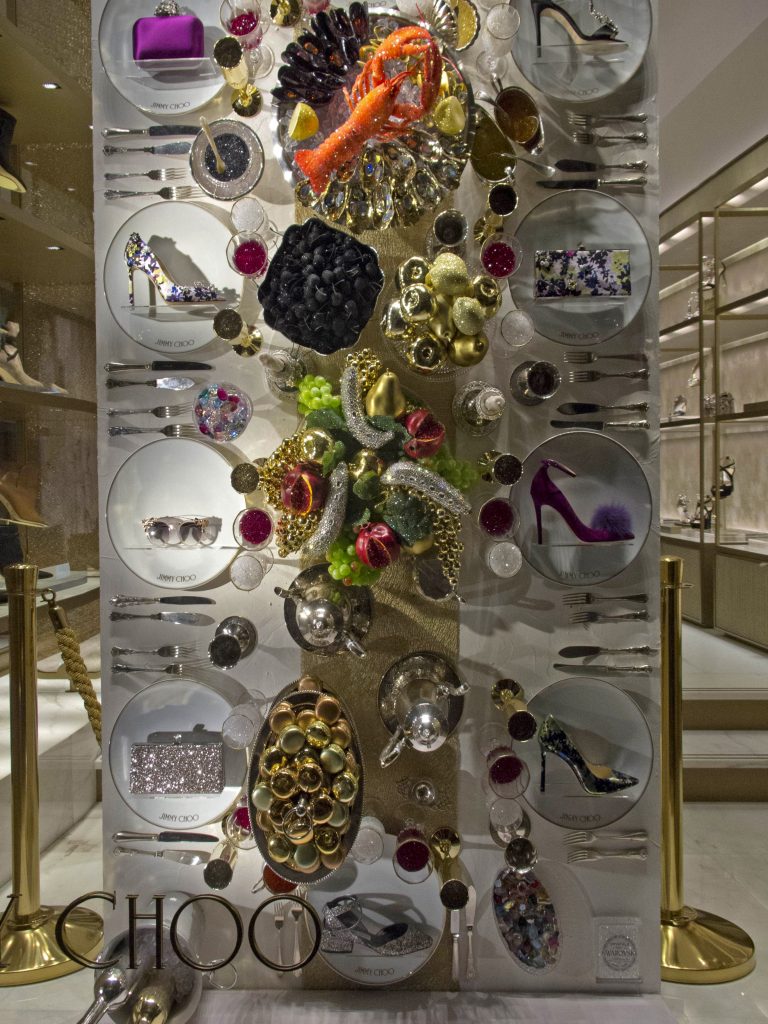 ©WindowsWear
©WindowsWear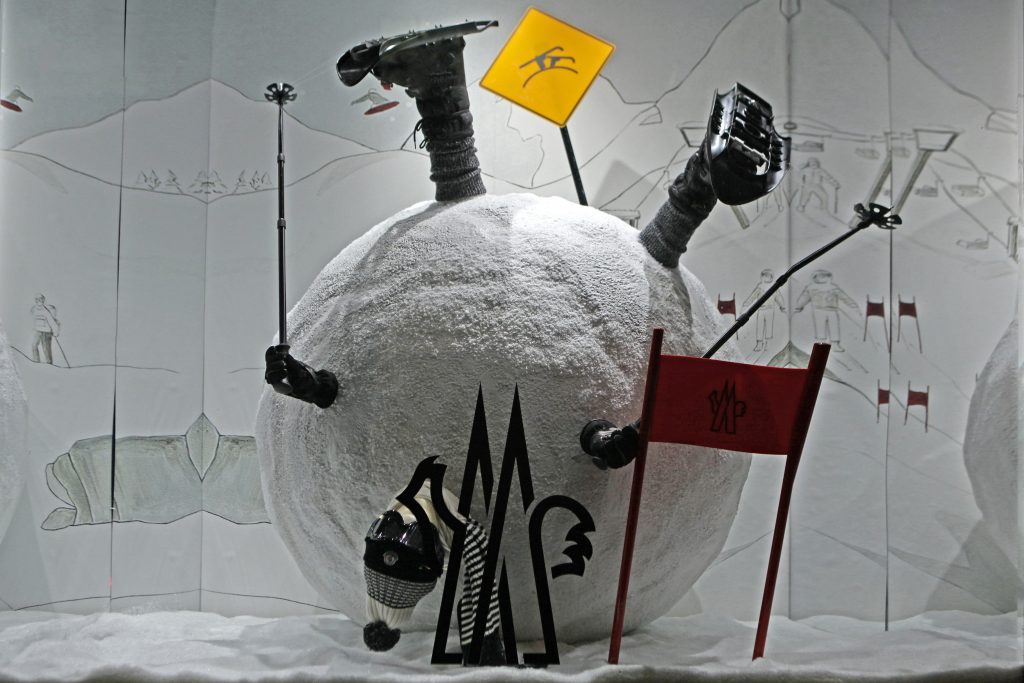 ©WindowsWear
©WindowsWear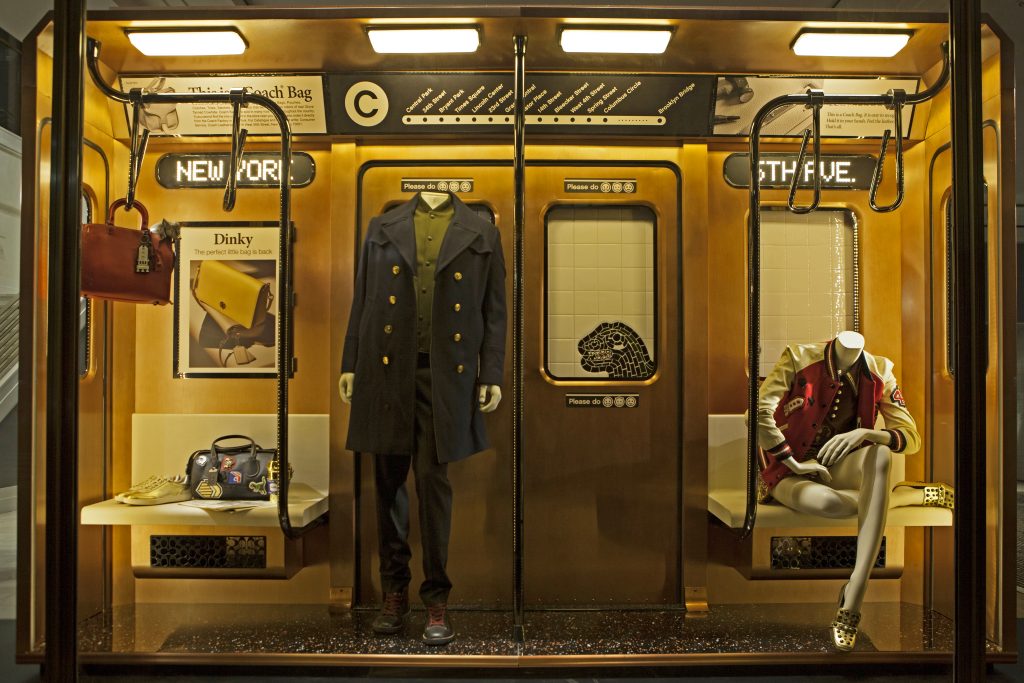 ©WindowsWear
©WindowsWear
